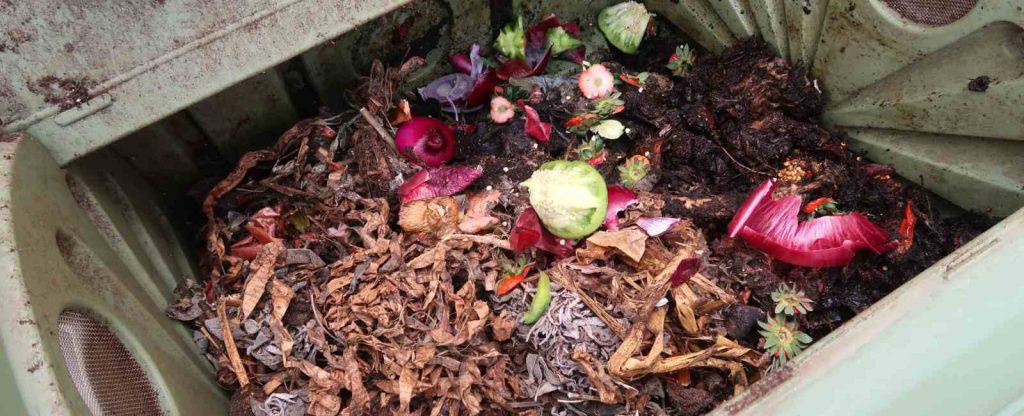Composting is a simple yet powerful practice that allows you to transform kitchen scraps and garden waste into nutrient-rich soil for your plants. Not only does composting help reduce waste sent to landfills, but it also provides a sustainable and eco-friendly way to enrich your garden soil. Whether you have a small apartment or a spacious backyard, here’s a guide to help you get started with composting:
- What Can You Compost?
- Fruit and Vegetable Scraps: Collect fruit and vegetable peels, cores, and scraps. Avoid using heavily processed or cooked foods.
- Coffee Grounds and Tea Bags: Used coffee grounds and tea bags are excellent additions to your compost pile.
- Eggshells: Crushed eggshells are a valuable source of calcium and help balance the pH of the compost.
- Yard Waste: Include leaves, grass clippings, small branches, and pruned plant materials.
- Shredded Paper and Cardboard: Use shredded newspaper, cardboard, and paper towels as “brown” materials in your compost pile.
- What to Avoid Composting:
- Meat, Fish, and Dairy Products: These items can attract pests and produce unpleasant odors. Avoid including them in your compost.
- Grease and Oils: Fats and oils do not break down easily and can create a smelly and messy compost pile.
- Diseased Plants and Weeds with Seeds: To prevent the spread of diseases or weed growth, avoid composting plants that are diseased or weeds that have gone to seed.
- Choosing a Composting Method:
- Outdoor Composting: If you have a backyard or outdoor space, consider a compost bin or a designated composting area. Turn the pile occasionally to aerate it and promote decomposition.
- Indoor Composting: Apartment dwellers or those with limited outdoor space can opt for indoor composting methods such as vermicomposting (using worms) or Bokashi composting (using beneficial microorganisms). These methods require smaller bins and have minimal odor.
- Building Your Compost Pile:
- Layering: Create a balanced compost pile by layering “green” nitrogen-rich materials (kitchen scraps, fresh grass clippings) with “brown” carbon-rich materials (dry leaves, shredded paper).
- Moisture: Keep your compost pile moist but not waterlogged. Add water if it feels too dry or cover it if it gets too wet.
- Size and Airflow: Aim for a pile that is at least three feet high and three feet wide. This size allows for proper heat retention and airflow, which are essential for decomposition.
- Maintaining Your Compost:
- Turning and Mixing: Regularly turn or mix your compost pile to aerate it and accelerate decomposition. This helps distribute moisture and promotes the breakdown of organic matter.
- Temperature: A well-maintained compost pile will heat up due to microbial activity. This heat aids in breaking down materials and killing weed seeds and pathogens.
- Patience and Time: Composting is a natural process that takes time. Depending on the composting method and conditions, it can take several months to a year for the compost to fully mature.
- Using Your Finished Compost:
- Garden Soil Amendment: Once your compost has turned into dark, crumbly, and earthy-smelling soil, it is ready to be used as a nutrient-rich amendment for your garden beds, potted plants, or lawn.
- Mulch and Top Dressing: Spread a layer of compost around your plants to suppress weeds, retain moisture, and provide a slow-release source of nutrients.
Composting is a rewarding and sustainable practice that allows you to reduce waste while creating nourishing soil for your plants. Start small and experiment with different composting methods to find what works best for you. With time and patience, you’ll be rewarded with nutrient-rich compost that will help your garden thrive. Happy composting!




